 Blog's Page
Blog's Page

Searchtosearch.com Is A browser Hijacker That Forcefully Alters The Default Search Engine Settings And Redirects Web Searches Through Its Own Domain. Upon Infiltration, Typically Through Bundled Software Installations Or Deceptive Advertisements, Searchtosearch.com Modifies Browser Settings Without User Consent. Users May Unknowingly Install Searchtosearch.com While Downloading Free Software Or Clicking On Misleading Pop-ups.
Once Installed, Searchtosearch.com Hijacks Web Browsers Such As Chrome, Firefox, Or Safari, Manipulating Search Results And Displaying Sponsored Links Or Advertisements. Searchtosearch.com Interference Disrupts The User's Browsing Experience And Exposes Them To Potentially Harmful Content.
Searchtosearch.com Hijacker Not Only Compromises Online Privacy By Tracking Users' Browsing Activities But Also Poses Security Risks. Searchtosearch.com May Lead To Inadvertent Installation Of Additional malware Or Expose Users To Phishing Scams.
Removing Searchtosearch.com Involves Uninstalling Any Suspicious Browser Extensions Or Applications From The System And Resetting Browser Settings To Default. Users Should Exercise Caution While Downloading Software And Avoid Clicking On Suspicious Links Or Pop-ups To Prevent Such Hijackers From Infiltrating Their Devices. Regular System Scans With Reputable Antivirus Or Antimalware Software Can Also Help Detect And Remove Such Threats.
Symptoms Of The Searchtosearch.com Browser Hijacker Include:
Searchtosearch.com Can Affect Your Computer System In Various Ways:
Browser Performance: Searchtosearch.com Can Slow Down Your Browser Due To The Additional Processes Running In The Background.
Privacy Concerns: Searchtosearch.com May Track Your Browsing Activities, Compromising Your Online Privacy.
Unwanted Redirects: Searchtosearch.com Forcefully Redirects Your Web Searches Through Its Domain, Leading To Undesired Websites.
Unwanted Advertisements: You Might Encounter An Increase In Intrusive Pop-up Ads Or Sponsored Links.
Browser Settings Modification: Searchtosearch.com Can Alter Your Browser Settings Without Your Consent, Making It Difficult To Revert To Default Settings.
Risk Of Malware: Searchtosearch.com May Expose Your System To Further Malware Infections Through Deceptive Links Or Downloads.
Decreased Productivity: Dealing With Constant Redirects And Unwanted Ads Can Hinder Your Browsing Experience And Productivity.
Difficulty In Removal: Searchtosearch.com Can Be Challenging To Remove Searchtosearch.com Completely, As It May Leave Behind Residual Files Or Settings.
If Your Computer Begins Redirecting You To Searchtosearch.com Inexplicably, It's Probable That Malware Has Been Installed On Your System. To Ensure Your Computer's Safety And Remove Any Potential adware, Browser Hijackers, Or Other Malicious Programs Free Of Charge, Please Refer To The Guide Provided Below.
Removing Malware From A Windows Computer Involves A Combination Of Using Antivirus Or Anti-malware Tools, Performing System Scans, And Taking Manual Actions To Eliminate The Malicious Software. Here's A Step-by-step Guide:
Ctrl + Shift + Esc To Open Task Manager.Win + R To Open The Run Dialog, Type cleanmgr, And Press Enter.Remember To Maintain Good Security Practices, Such As Keeping Your Operating System And Software Up-to-date, Using A Reputable Antivirus Program, And Being Cautious When Clicking On Links Or Downloading Files From The Internet. Regularly Backing Up Your Important Data Is Also Crucial To Mitigate The Impact Of Potential Infections.
If You Have Malwarebytes Installed On Your Computer And It Has Detected Malware, Follow These Steps To Remove The Malware:
Open Malwarebytes:
Update Malwarebytes:
Run A Threat Scan:
Review Scan Results:
Quarantine Or Remove Threats:
Reboot Your Computer:
Check For Persistence:
Monitor For Issues:
Clear Browser Data:
Reset Browser Settings:
Review Installed Programs:
Change Passwords:
Update Operating System:



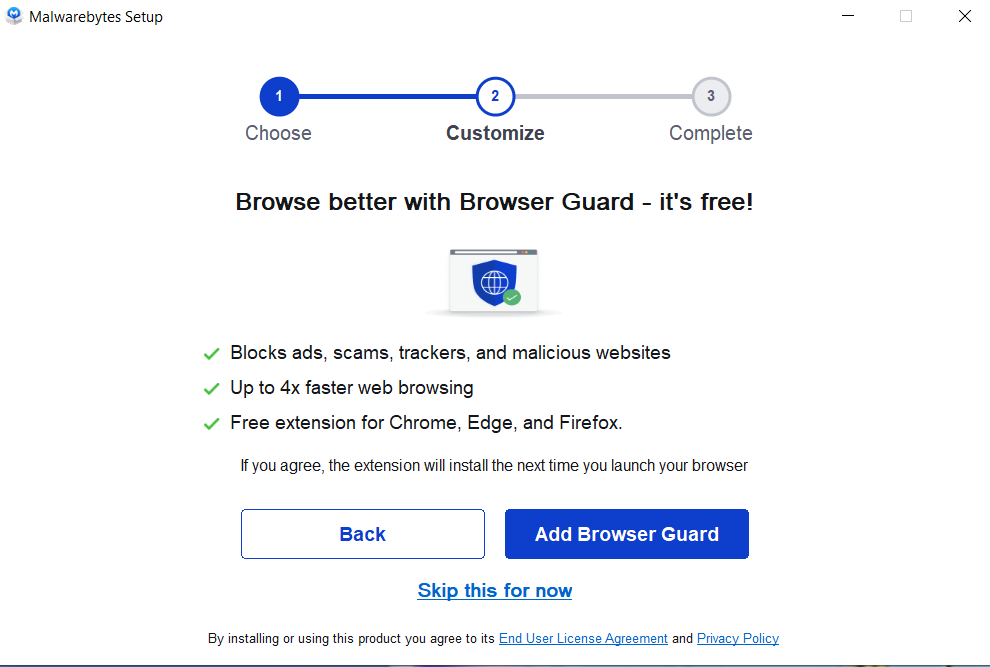
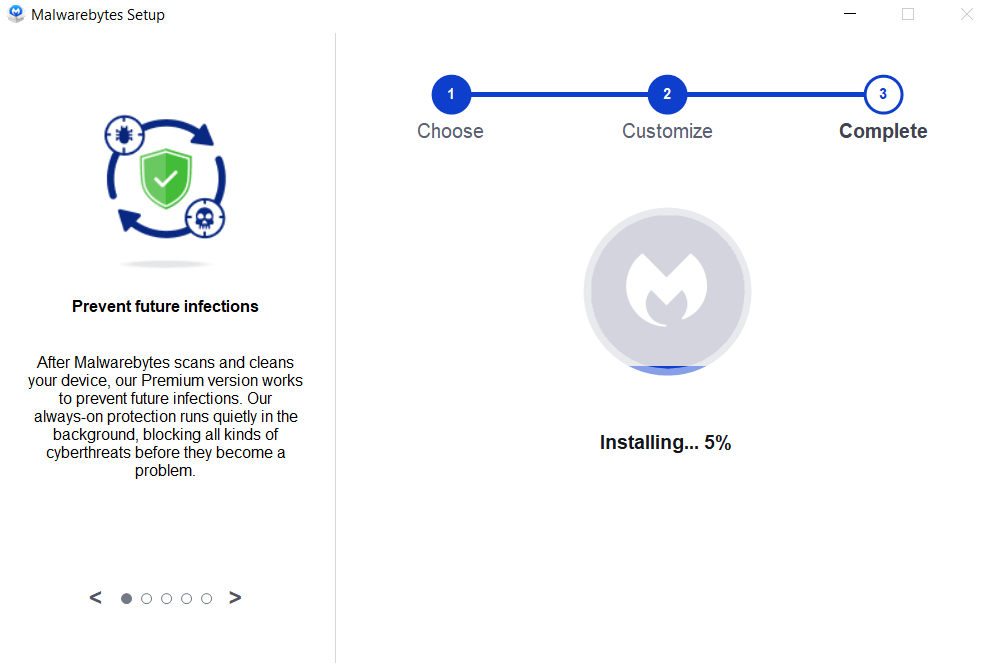
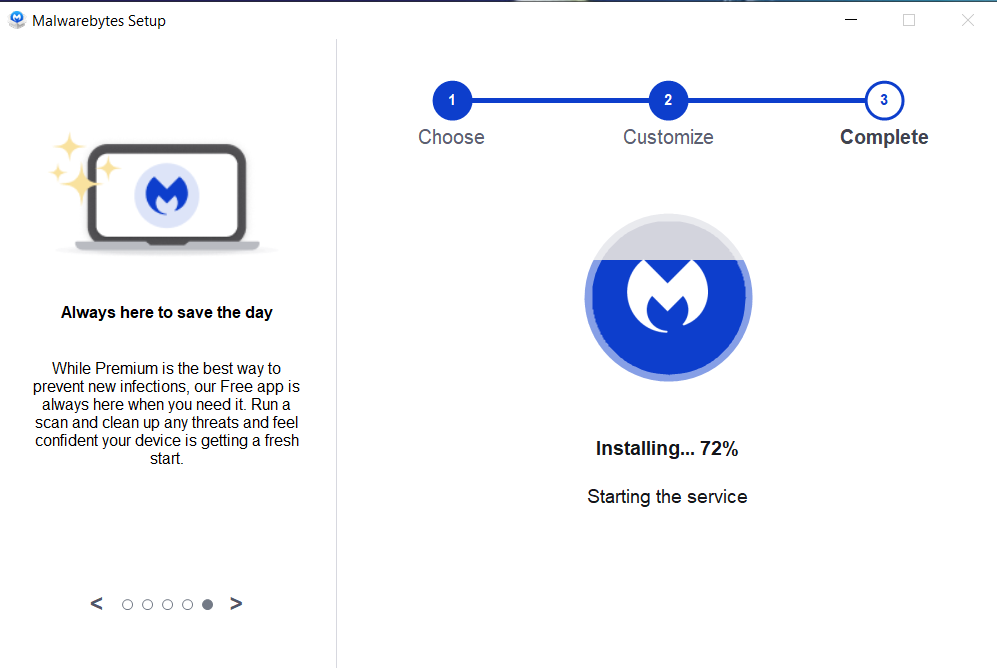
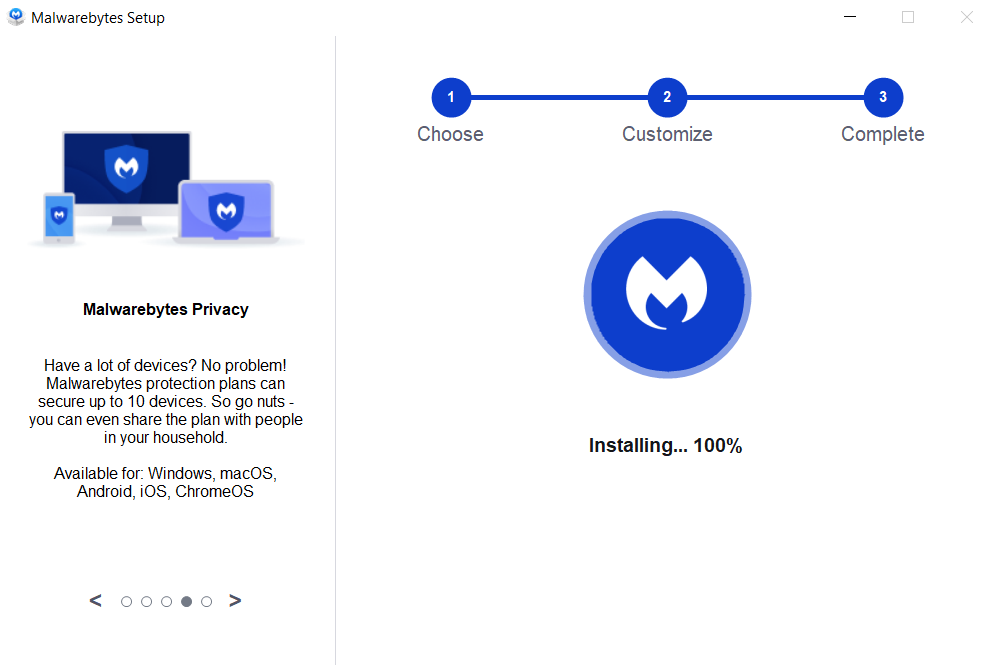

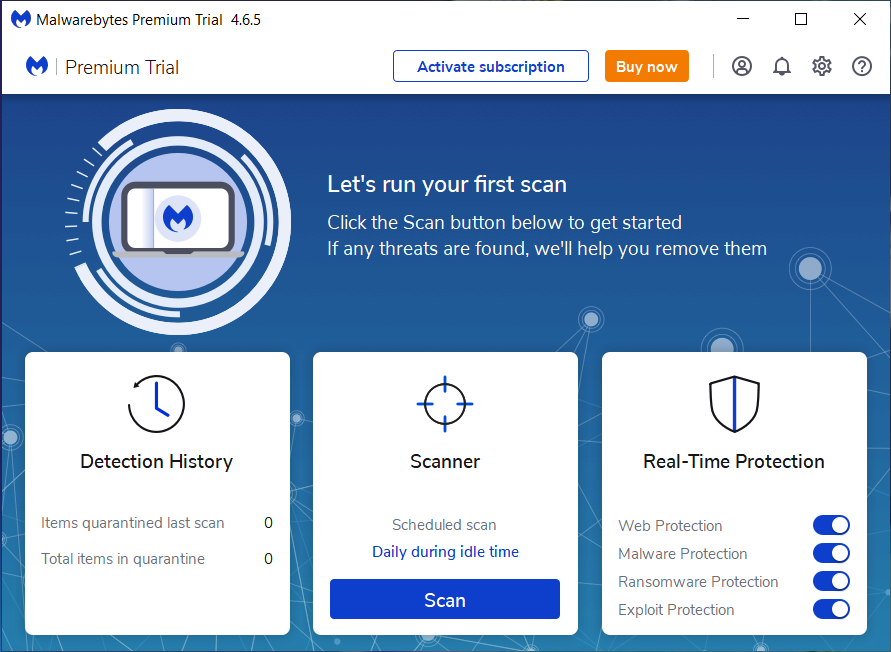
If The Malware Persists Or If You Encounter Difficulties During The Removal Process, You May Want To Seek Assistance From The Malwarebytes Support Community Or Consider Running Additional Scans Using Other Reputable Antivirus Or Anti-malware Tools. Remember To Keep Your Security Software Updated And Practice Safe Computing Habits To Minimize The Risk Of Future Infections.
Malwarebytes Is A Leading Cybersecurity Solution Dedicated To Protecting Users From The Ever-evolving Landscape Of Digital Threats. With A Proven Track Record In Malware Detection And Removal, Malwarebytes Offers Cutting-edge Technology To Safeguard Computers And Devices Against Viruses, Ransomware, And Other Malicious Software.
Boasting A User-friendly Interface, Malwarebytes Provides A Seamless Experience For Both Novice And Advanced Users. Its Real-time Protection Capabilities, Coupled With Powerful Scanning Algorithms, Ensure That Users Are Shielded From The Latest Cybersecurity Threats. Malwarebytes Continually Updates Its Extensive Malware Database, Enabling Users To Stay Ahead Of Emerging Risks And Vulnerabilities.
Beyond malware Detection, Malwarebytes Offers Additional Features Such As Web Protection And Anti-exploit Technology, Fortifying Defenses Against Malicious Websites And Zero-day Exploits. The Software's Lightweight Footprint Ensures Minimal Impact On System Performance, Delivering Robust Security Without Compromising Speed.
Whether Used As A Standalone Solution Or In Conjunction With Other Cybersecurity Tools, Malwarebytes Remains A Trusted Ally In The Battle Against Cyber Threats. As A Proactive And Responsive Cybersecurity Partner, Malwarebytes Empowers Users To Navigate The Digital World With Confidence, Knowing That Their Data And Devices Are Safeguarded Against The Latest And Most Sophisticated Threats.
Searchtosearch.com, Remove Searchtosearch.com, Searchtosearch.com Removal, Uninstall Searchtosearch.com, Delete Searchtosearch.com, Get Rid Of Searcht